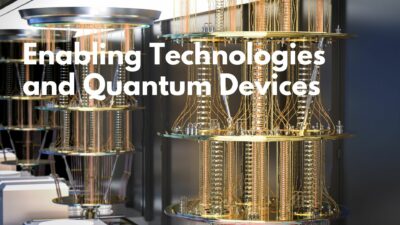This article discusses the rapid advancements in atomic clock technology, led by NIST and JILA, which are pushing the boundaries of precision timekeeping. Atomic clocks, which use the natural oscillations of atoms to measure time, are the foundation of many modern technologies like GPS and telecommunications. NIST operates highly accurate cesium-based clocks like NIST-F1 and NIST-F2, but researchers are now developing next-generation optical atomic clocks that use atoms like strontium, ytterbium, and aluminum. These optical clocks operate at much higher frequencies and offer significantly greater accuracy and stability than traditional microwave-based clocks.
Optical lattice clocks, which trap thousands of atoms in a lattice formed by laser beams, are currently the most precise and stable clocks in the world. They are improving rapidly and could soon redefine the international standard for time, the SI second. While the current definition of the second is based on cesium atoms, scientists are exploring the possibility of using strontium or ytterbium instead. These new clocks could also be used for advanced applications like detecting changes in gravity, magnetic fields, and temperature. NIST is also working on making these clocks more portable for use outside of laboratories. As research continues, the future of timekeeping may involve multiple standards, each optimized for different applications.
Source: https://www.nist.gov/news-events/news/2014/02/new-era-atomic-clocks
Keywords: atomic clocks, optical lattice clocks, frequency combs


